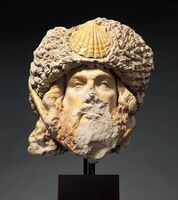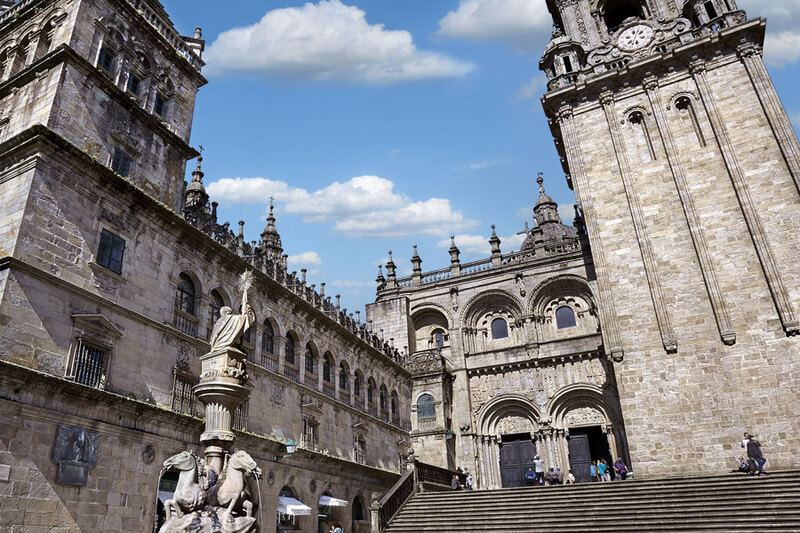Origins of St. James as the Patron Saint of Spain
St. James’ Remains Found and Confirmed:
The creation of one of the most popular and famous pilgrimage sites began with humble origins. In 815 C.E., a local Spanish hermit followed the direction of a star to the location of St. James’ tomb in Northern Spain. Soon after, a bishop confirmed the authenticity of the tomb with a vision from God. Miracles then took place at the location adding more concrete evidence for the site being linked to the reverence and sacredness of a saint. King Alfonso II of Asturias commissioned a modest church over the site that eventually became the great cathedral, Santiago de Compostela.
St. James’ Significance Grows:
During the mid-9th century, King Ramiro I made it his conquest to push out all of the Muslim people from Spain. At the battle of Clavio in 834 C.E., legend tells that St. James appeared on a white horse and killed the remainder of the Muslim army. Thus, after St. James saved Ramiro and his army, Ramiro named him “the Spiritual Father of Spain” and the subsequent patron saint of Spain (Bonville). From that point, St. James was seen as the protector of Spain and the pilgrimage to see him grew to great popularity beyond Spaniards to many Western Europeans.

